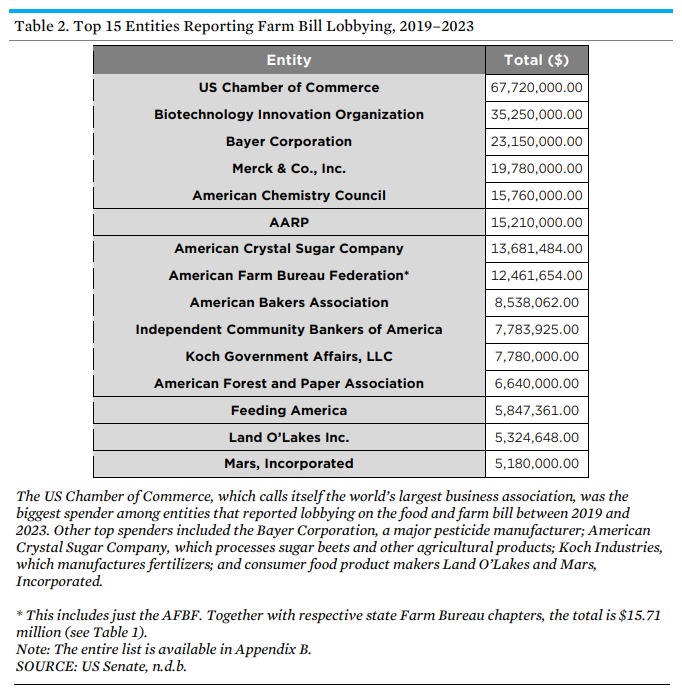By Russ Quinn

Fertilizer prices continue to move higher according to prices tracked by DTN for the first week of March 2024. For the first time in several months, a fertilizer showed a notable price move.
Seven of the eight major fertilizer prices were higher compared to a month earlier, marking the fourth week in a row that prices were mostly higher. DTN designates a significant move as anything 5% or more.
Urea pushed considerably higher, up 7% from last month. The nitrogen fertilizer had an average price of $564/ton.
Six other fertilizers were slightly more expensive. DAP had an average price of $760/ton, MAP $816/ton, 10-34-0 $622/ton, anhydrous $788/ton, UAN28 $344/ton and UAN32 $396/ton.
Meanwhile, remaining fertilizers were just slightly lower in price compared to last month. Potash had an average price of $505/ton.
On a price per pound of nitrogen basis, the average urea price was $0.61/lb.N, anhydrous $0.48/lb.N, UAN28 $0.61/lb.N and UAN32 $0.62/lb.N.
With the mild weather seen across the Corn Belt, farmers could be seeing an early spring. This situation might allow them to change their fertilizer application plans.
In a post titled "Thinking of Getting an Early Start on Fertilizer Applications? Here are a Few Things to Consider," University of Minnesota Extension nutrient management specialists discuss what options farmers might consider with more time to apply nutrients this spring.
Most fertilizers are water-soluble and will dissolve readily at this point, according to the post.
If the soil is not frozen, any fertilizer that dissolves will react with it and stay where applied. Nitrogen in fertilizers, such as MAP or DAP, is in the ammonium form andnot subject to volatility.
While nitrogen in the form of anhydrous ammonia and urea could be applied early, UAN should not be. Urea ammonium nitrate solutions contain half of the nitrogen as urea, so volatility can be an issue.
"A larger problem is that a quarter of the N in UAN is already in the nitrate form at application, and nitrate is subject to loss if there is excess water," according to the post.
Click here to see more...